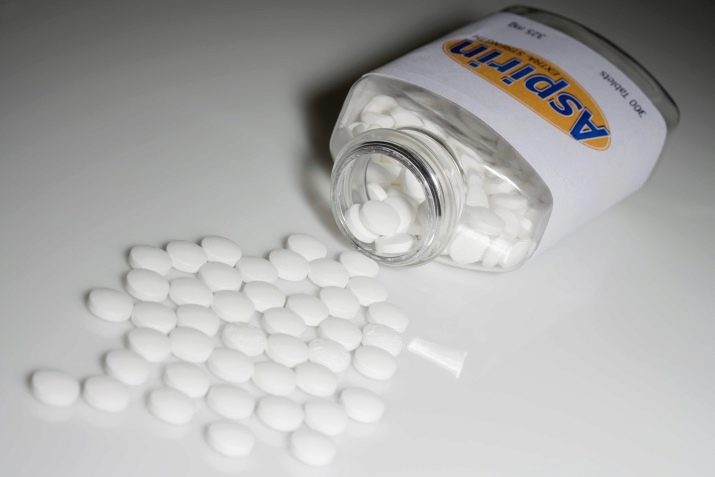How and with what to bleach the fabric?

Almost everyone faced the problem of the need to whiten things. Bleaching often requires shirts, which are an integral part of the wardrobe of most working people and not only. If now you can find tools that help in this matter, then just a few decades ago they were inaccessible and our grandmothers used folk methods. All about them, as well as how to properly and safely bleach things these days, read the article below.
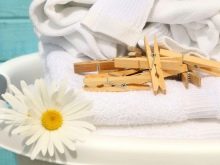
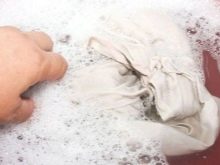

Fundamental rules
Bleaching fabric is not that difficult. Be sure to adhere to the following rules. Otherwise, you will have to get rid of the thing.
- Do not soak clothes with metal parts for a long time. Water for soaking such things should not be hotter than 40 degrees. Rust stains may appear on clothing if these recommendations are not followed. If rust stains do appear, you should try to remove them. Please note that soaking rust-stained garments will give all textiles a reddish tint. The same goes for all other stains.
- You cannot bleach different fabrics together. For example, synthetic and denim. Also, you can not bleach linen with wool. They will take on not white, but a gray tint.
- Clothes should be bleached immediately as needed. There is no need to wait for the time when it will look like a rag that has turned yellow from time to time, and try in vain to revive it.
- After completion, be sure to rinse your clothes for a long time and thoroughly. The agent can remain on the textiles and damage it.
- You do not need to frequently bleach your clothes - this will wear them out and lose their attractive appearance.
- Clothes of different colors cannot be bleached. For example, a white and pink jacket together.After bleaching, you should also not wash white and colored clothes, even in a washing machine and cold water.
After bleaching and subsequent washing, the clothes must be completely dry. It is recommended to dry clothes after bleaching in the sun.
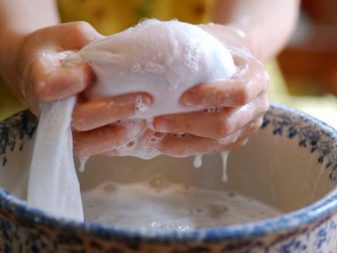
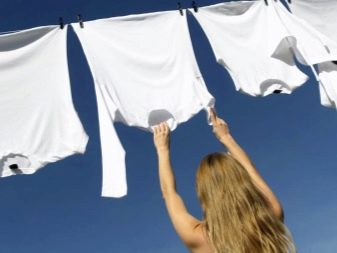
The use of special tools
Conventionally, all funds in this category can be divided into three groups.
- Chlorine products. Whitening is carried out in the most gentle way. However, they have a high price and require a lot of expense even to remove small stains. It is believed that such products are the universal bleach for all types of fabrics.
But they can only bleach those things that have a triangle sign on the label (means that bleaching is allowed) with the letters CL.
Such products bleach well even in cold water, but the thing, even after washing, can retain the smell of bleach. It must be remembered that chlorine-containing products are not stored for long after opening.
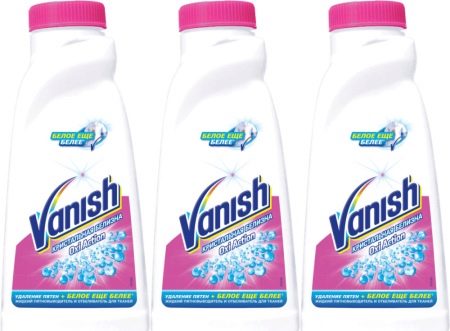
- Optical means. The products do not remove stains, but paint things white. These coloring particles are not washed off, and any textile looks whiter than it was originally. Rarely used. These particles are organic substances that reflect ultraviolet light. Often, optics are an add-on to most white cloth powders.
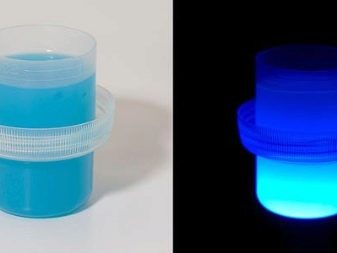
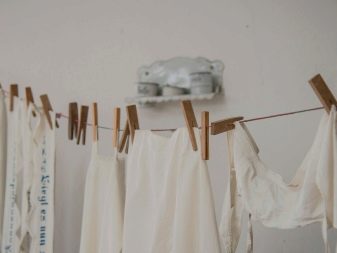
- A separate category can be divided into a tool that has been called for many years "Whiteness".
It removes yellowness quickly and effectively, but is completely unsuitable for delicate fabrics. It can ruin even relatively dense fabrics.

Review of folk methods
Now the assortment of whitening products is large, and the prices are affordable. But nevertheless, a large proportion of buyers prefer not to use "store chemistry", and opts for simple, home and old methods. At home, it is really possible to whiten things effectively and relatively safely. Also, these methods should be considered for those who cannot afford bleaching with bleach or other products with a strong odor.
One of the most famous ways to get rid of yellowness is bleaching with hydrogen peroxide. This method is suitable for cotton, linen and synthetic fabrics. In 2 liters of water and 1 tsp. peroxide, the clothes are soaked for half an hour. The water temperature should not be cold, and textiles should be turned over from time to time. To enhance the effect, you can add 15 ml of ammonia.
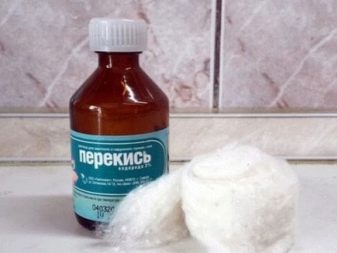
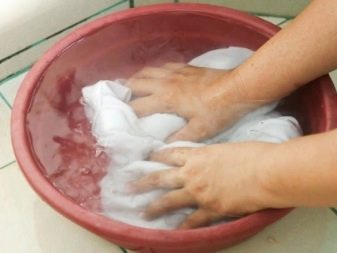
Bleaching with soda is suitable for all types of fabric, except for woolen and silk. The recipe is the most optimal for children's things. Things are soaked in a soda solution (1 tablespoon of soda per 1 liter of water) for 3-4 hours. After soaking, things are washed with powder. Baking soda paste (baking soda and water mixed in equal proportions) can be used to lubricate collars or other areas that require bleaching. In extreme cases, textiles that have turned yellow from time to time can be boiled in soda water (1 tablespoon of soda and the same amount of powder are taken for 1 liter of water). You need to boil for no more than 30 minutes.

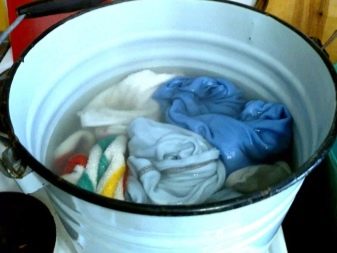
For a light whitening effect, it is recommended to add 1 tbsp of water to each wash 3 or 4 along with the powder. l. salt or soda.
Aspirin can help get rid of underarm yellow spots caused by deodorant. To do this, 4 tablets must be crushed into powder and diluted with 100 ml of water. The resulting gruel should be smeared with "problem" areas and left things in this form for an hour. Then they need to be washed using powder.
